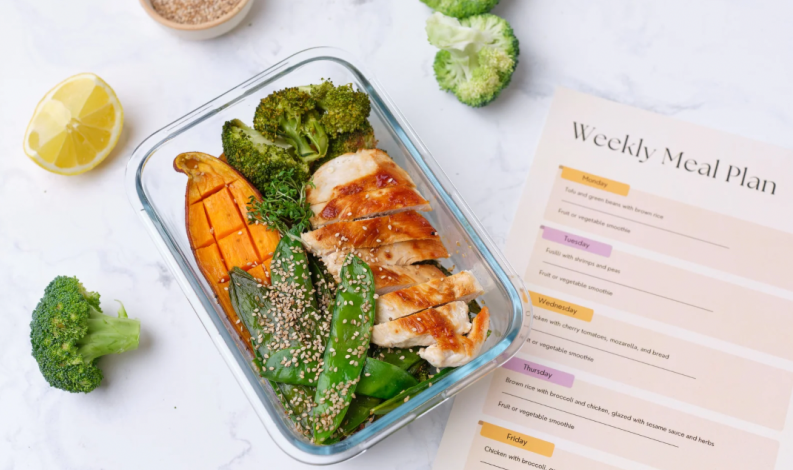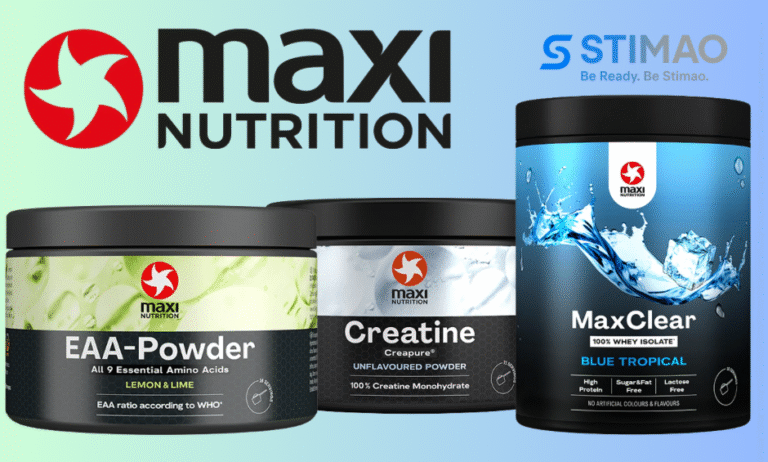
Creating a balanced diet plan for weight loss? Let’s break it down. First up, you need to keep things simple and focused on real food. Think of a variety of nutrients like proteins, carbs, and fats in every meal. This isn’t about cutting out entire food groups, but more about finding the right mix that’ll keep you full and satisfied while moving you toward your goals.
The 3-3-3 rule can be a game-changer. It suggests incorporating three meals and three snacks throughout the day, which keeps the body’s metabolism ticking and prevents you from feeling too hungry between meals. Keeps that evening snack attack at bay!
Now, the 50/30/20 rule. Basically, 50% of your meal plan should be devoted to carbs (think whole grains, fruits, and veggies), 30% to proteins (like lean meats, eggs, or tofu), and 20% to fats (avocado, nuts, olive oil). This structure isn’t one-size-fits-all but serves as a good starting point to adjust based on personal needs.
A solid diet needs seven essentials: carbs, protein, fat, vitamins, minerals, fiber, and water. Yep, every single one plays its own role in keeping you healthy and aiding weight loss. Skimping on one can lead to cravings and low energy, so try to include them regularly.
Balancing your macronutrients is a bit like juggling. Get your proteins for muscle maintenance, carbs to fuel your body, and fats for hormone health and ensuring you stay full longer. Each meal should have a mix of these to help keep your energy levels stable.
Decoding calorie needs can feel like a math class, but it really comes down to creating a calorie deficit. Safe limits tend to hover around a 500-1000 calorie deficit per day, leading to around 1-2 pounds of weight loss per week. Remember, too drastic isn’t sustainable.
Practical Tips for Designing a Weight-Loss-Friendly Meal Plan
Balancing meals for weight loss involves a bit of planning but pays off big time. Each meal should include a lean source of protein, complex carbohydrates, a small amount of healthy fats, and a heap of veggies. This combo not only fuels your body but also helps curb those hunger pangs.
Breakfast sets the tone for the whole day. A protein-rich start can make all the difference. Think omelet with veggies or Greek yogurt with berries and a sprinkle of nuts. And guess what? It keeps you full and less likely to grab that mid-morning donut.
Putting together a meal plan in the real world? Choose meals you actually enjoy to make this sustainable. Start with a weekly plan and slowly build variety, tweaking according to what you need more or less of—like extra protein on gym days.
Contemplating the low-calorie route without exercise? Eating 1200 calories a day isn’t for everyone and can leave some people feeling deprived. It’s crucial to find a method that you can stick with, and a bit of movement can help. Even small tweaks in your activity levels might boost your metabolism.
On the lookout for the healthiest meals? Load your plate with colorful veggies and lean proteins like chicken, fish, or tofu. Spice them up with herbs and spices to keep things interesting while ditching the extra salt and sugar.
When it’s time to hit the grocery store, be prepared. Plan out a list including whole grains, lean proteins, a rainbow of veggies, and healthy fats. This way, you’re less tempted to throw junk food into the cart. Sticking close to your list keeps both your diet and wallet happy.





